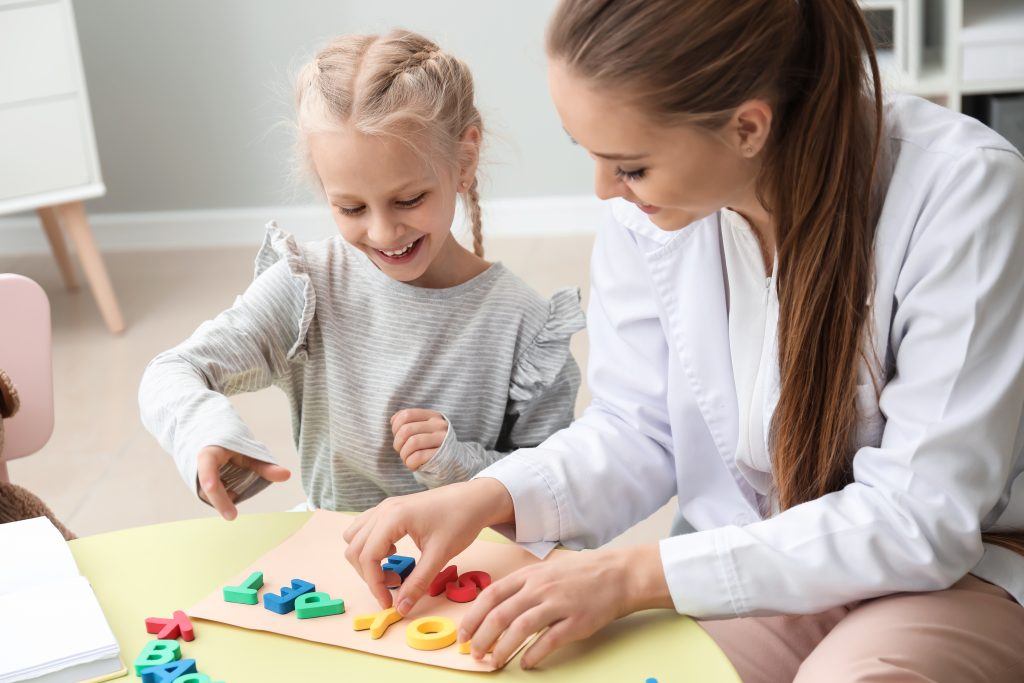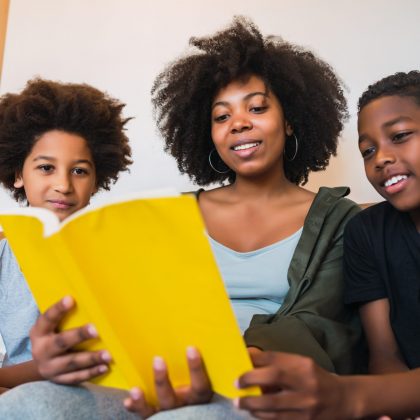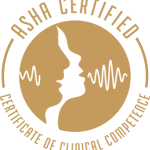What is Orton-Gillingham? The Orton-Gillingham approach is a technique for remedial reading instruction. It was developed in the late 1930s by Samuel Orton, a neuropsychiatrist and pathologist at Columbia University, and Anna Gillingham, an educator and psychologist.
The Orton-Gillingham approach aims to develop literacy skills in dyslexic children and was the first remedial reading technique to use a multisensory phonics strategy for reading instruction.
Orton-Gillingham uses sight, hearing, touch, and movement to convey concepts of reading, spelling, and writing to students. By breaking these skills down into smaller, more basic skills of recognizing certain letters and sounds, therapists are able to build up to larger reading and writing skills over time, at a pace that works for the patient.
This approach, when combined with sequential lessons focusing on phonics, has been proven to be highly effective in teaching children with dyslexia how to read.
Throughout its decades of use, Orton-Gillingham has proven effective for all sorts of learners, not just those with dyslexia. Educators have integrated it into classroom instruction. Speech-language pathologists have made great use of Orton-Gillingham as a therapy tool.

Signs Your Child May Be At Risk for Reading Difficulty
If you are a parent, you can look at several different areas to determine whether your child may be at risk for reading difficulty. You may consider scheduling a speech-language evaluation if your child displays weakness in any of the following areas:
- Phonological awareness skills: These skills comprise the ability to notice, recognize, and use the sounds of spoken language. They can hear subtle differences between sounds, recognize repetition or alliteration of sounds, and learn to use these sounds in their own speech.
- Verbal memory: This is the ability to remember and recount a simple story. It can also include remember lists of words, names, or numbers.
- Expressive vocabulary: This refers to the ability to express between 2,600 and 7,000 different words by age 6.
- Rapid serial naming: Also called “rapid automatized naming,” this is the ability to fluently name several known items based on a series of pictures or symbols.
- Receptive language skills: This simply refers to the ability to receive, understand, and act upon spoken language. Following three-step directions (Simon says stand up! Clap your hands! Close your eyes!) is a common way to test receptive language skills.
A speech-language pathologist obtains Orton-Gillingham certification by completing training through the Institute for Multi-Sensory Education (ISME). If you’re interested in this approach for your child, please reach out to us. We would be happy to consult with you about Orton-Gillingham and schedule an evaluation if needed.

Orton-Gillingham Therapy via Teletherapy
There are many benefits to receiving Orton-Gillingham therapy via teletherapy:
- Convenience! Stay at home and easily schedule appointments around your child’s school and extracurricular activities.
- Easy adaptability: Like many forms of therapy, the face-to-face structure of Orton0Gillingham translates very well to remote settings. Our TherapyWorks literacy team has reported very few differences between in-person and remote sessions.
- Comfort level: Many children feel more at ease communicating via screens than during a face-to-face meeting with a therapist.
- Expanded access to providers: Orton-Gillingham therapists can be difficult to find in your local area. Luckily, teletherapy enables our expert OG team to work with children all across the United
- Safety: During our recent worldwide health concerns, teletherapy has exploded in popularity. Teletherapy has built-in social distancing to keep providers, patients, and families safe.
Finally, here are some of our favorite articles and websites on the topics of reading and literacy:








